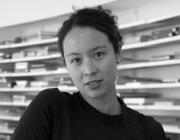Biography
Professor Small’s teaching approaches contemporary art from a global perspective and traverses an expansive range of practices and discourses, from the defining movements of 20th and 21st century art to cutting-edge practices by emerging artists and experiments in exhibition-making that have transformed the field of contemporary art today. In addition to courses on selected topics such as art and politics, archives, abstraction, or experimentalism, she regularly teaches a survey of contemporary art since 1950, as well as survey of modern and contemporary Latin American art. Her courses often aim to engage actual works of art, whether in campus collections, area museums, artists’ studios in New York City, or even international exhibitions of contemporary art.
ART 214 | CONTEMPORARY ART, 1950-2000
This course investigates the contested field of advanced art in the post-war period, from the emergence of Abstract Expressionism in the United States in the aftermath of WWII, to the increasingly transnational contexts of contemporary artistic production in the 21st century. We ask how artists engaged with the complex and often contradictory legacy of modernism, particularly in light of the collapse of the historical avant-garde projects of the pre-war period. How did artists negotiate between the imperative to preserve a space of autonomous artistic production and critique, and the equally urgent desire to engage the social in order to catalyze transformative change? While broadly a survey of the artistic production of this period, we also attend to art’s critical and theoretical interpretations, paying particular attention to the relations between social context, formal innovation, and the construction of art history in and of itself.
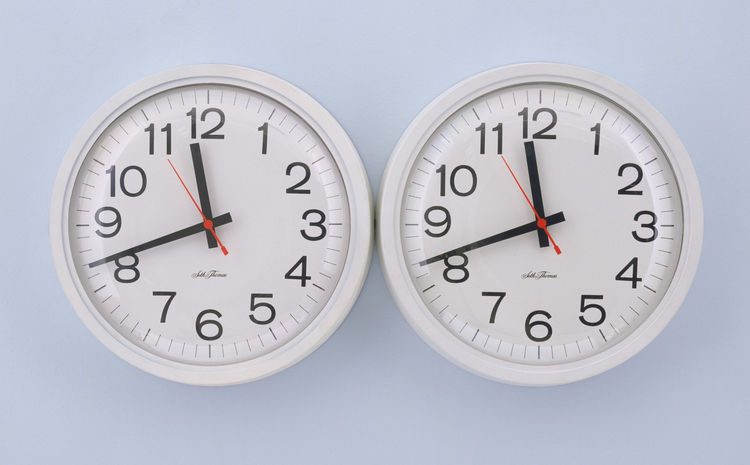
________________________________________________________________________
ART 220/LAS 230 | MODERN AND CONTEMPORARY LATIN AMERICAN ART
This course focuses on key issues and categories that have shaped notions and critical discourses about Latin American art in the 20th and 21st centiry. Organized as both a thematic survey and general methodological introduction, we will treat emblematic works of art and artistic movements ranging from Mexican muralism and the Indigenista movement to experiments with abstraction, pop, conceptual intervention, and the politics of performance. Through investigations of this work, we will discuss such questions as: What is Latin American art? What is modernism in Latin America? What is the legacy of colonialism in the region? How did Latin American artists engage trasnational networks and axes of solidarity under conditions of repression? How can postcolonial, decolonial, and feminist theory illuminate the structuring dynamics of the art and criticism produced in and about Latin America?
Co-taught with Cecilia Fajardo-Hill, Visiting Research Scholar and Visiting Professor in the Program in Latin American Studies, 2020
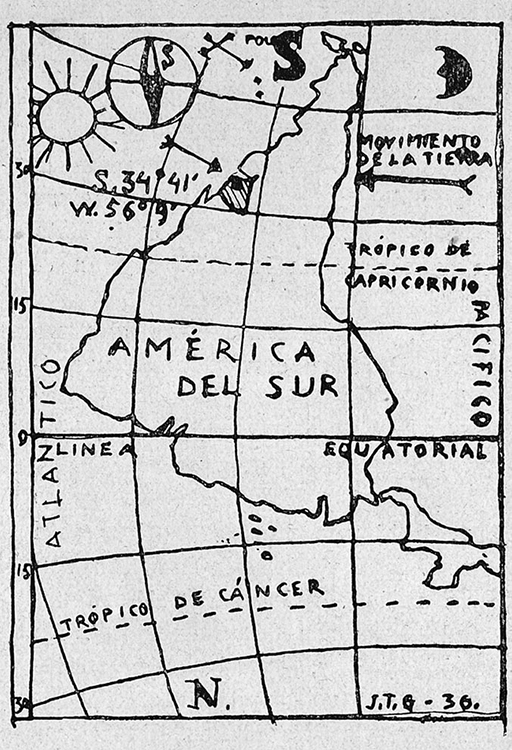
_______________________________________________________________________
ART 349 | THE ARTIST AT WORK
What are the environments, fictions, fantasies, and ideologies that condition the artist at work? This course takes as its investigative locus the artist’s studio, a space of experimentation and inspiration, but also of boredom, sociability, exhaustion, and critique. Structured around visits to the studios of multiple practicing artists in New York City, the course tracks the trope of “the studio” from the Renaissance to the present, with emphasis on the concept’s reconfiguration and reanimation in contemporary art. Special attention is devoted to the close analysis of primary documents (artists’ statements, films, works) and the development of an engaged, critical discourse for discussing contemporary practice at large.
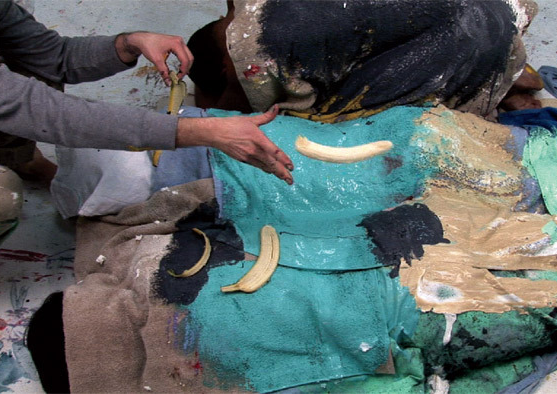
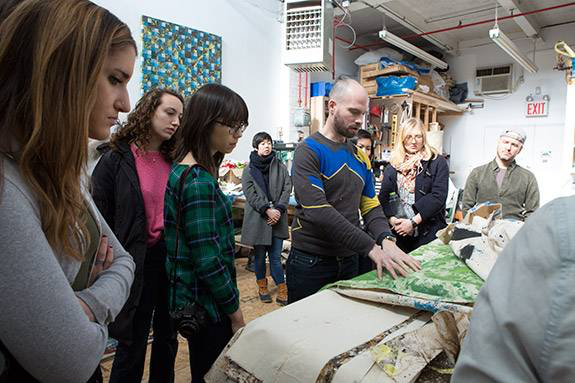
________________________________________________________________________
ART 344 | EXHIBITING EXPERIMENTALISM
Experimental art by definition involves process, discovery, contingency, and the possibility of failure. Museums, by contrast, are institutions traditionally dedicated to the care and preservation of artifacts with permanent value. What then are the possibilities for experiencing experimental work within a museum? Using recent acquisitions of contemporary art by the Princeton University Art Museum as case studies, students will investigate questions of historiography, pedagogy, transgression, critical exhibition practices, and curatorial ethics. The course culminates in a collaboratively conceived exhibition to be held in the Princeton University Art Museum Works on Paper Study Room in conjunction with the display of Lygia Clark, Bicho (Máquina), 1962.
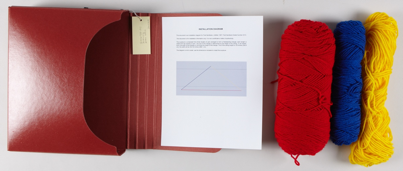
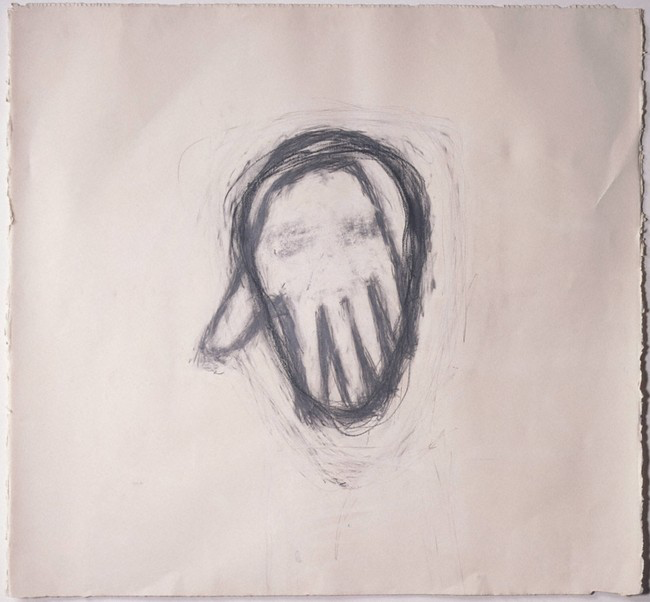
________________________________________________________________________
ART 344 | ART AT ITS LIMITS: THE 1960S IN BRAZIL, ARGENTINA, AND THE US
This seminar investigates experimental art practices that emerged in Brazil, Argentina and the United States over the course of the 1960s. Through focused, cross-cultural case studies, we explore how artists sought to use strategies of play, protest, reflexivity, and intervention to expand and even dissolve the category of art through spectator participation, bodily engagement, textual strategies, media interventions, and political activism. Close analysis of texts and works of art serve as a platform to debate such questions as: Was art extinguished in the shift from object-based practices to those of subjective and political liberation? Did experimentation lead to a new conception of art, and if so, how might we characterize it? What, finally, was left for art to do in societies in the midst of radical change?
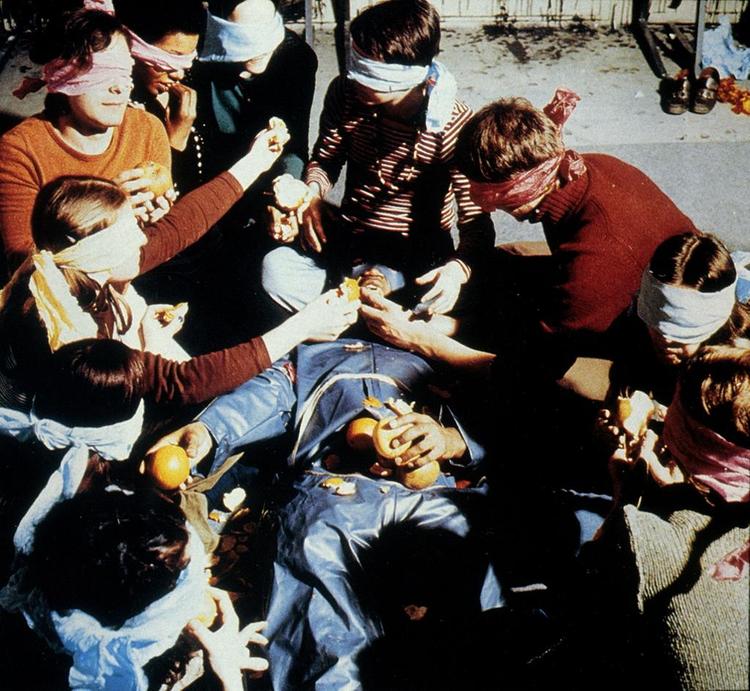
________________________________________________________________________
ART 344 | ART AND POLITICS: FROM TATLIN'S TOWER TO OCCUPY
What is the political capacity of art? What is the aesthetic capacity of politics? This course examines key episodes, strategies, and formulations pertaining to the complex relationship between art and politics across the 20th century. Topics include experiments in radical abstraction and mass performance undertaken by the Russian avant-garde, the institutional politics of Mexican Muralism, painting and propaganda during the Cold War, guerilla interventions and military dictatorships, the AIDS crisis and artist activism, and recent social movements such as Occupy and Black Lives Matter.
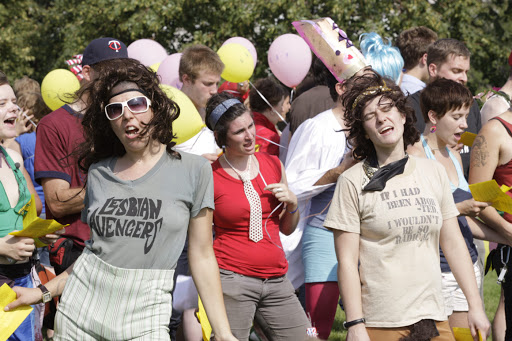
________________________________________________________________________
ART 396/HUM328/ENG270 | LANGUAGE TO BE LOOKED AT
This seminar focuses on the intersection of language and visual art in the twentieth century. We examine modernist and avant-garde experiments in word and image in the early twentieth century, and investigate the global rise of concrete and visual poetry and text-based art movements after World War II. We compare and combine methods from literary studies and art history, as well as other disciplines, including history, sociology, and philosophy. Students will explore techniques of close looking and reading in relation to a series of topics, including ekphrasis, medium, representation, abstraction, ideogram, instruction, and networks. Students will also engage material practices by, for example, realizing instruction pieces and assembling a collectively-produced magazine.
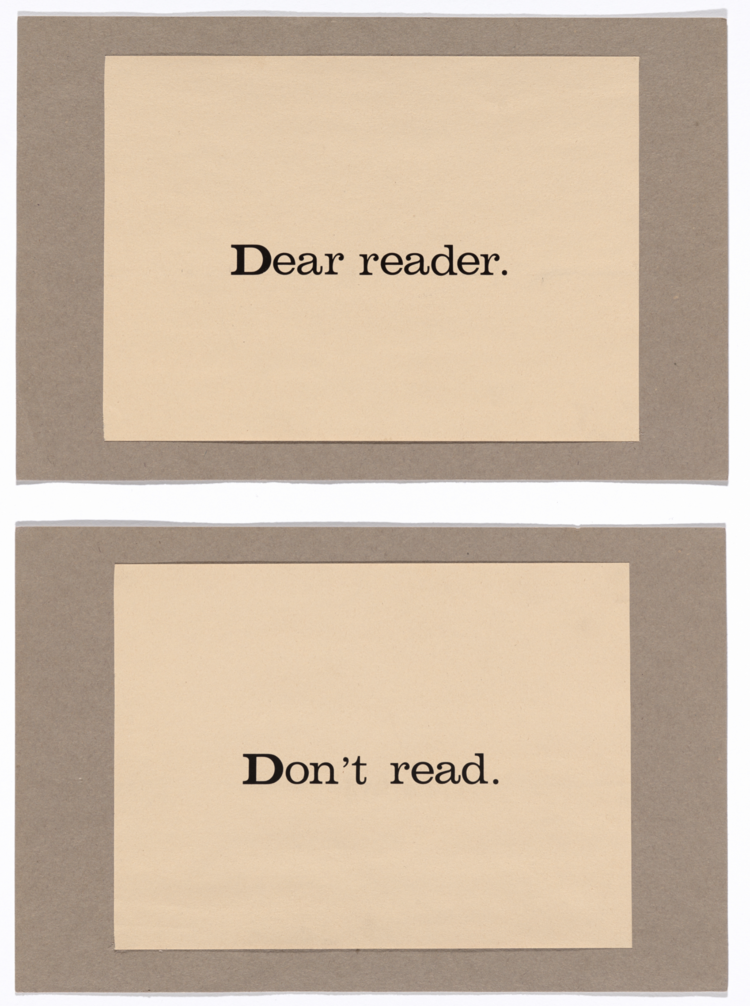
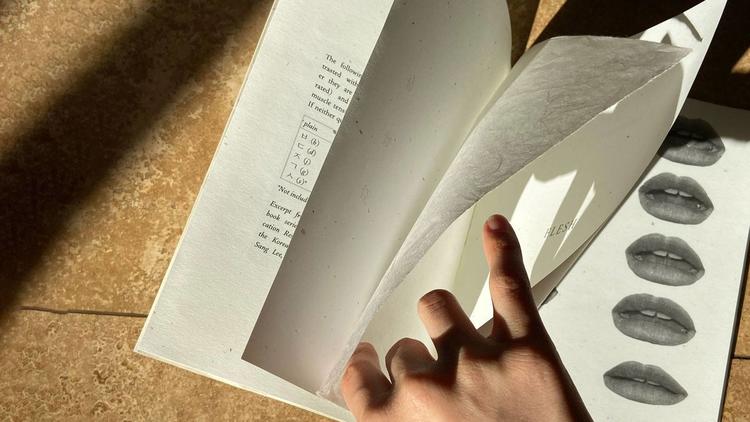
Co-taught with Joshua Kotin, Department of English, 2020
Article about course - Humanities Council
Article about course - Princeton University Library
________________________________________________________________________
ART 456 | CONTEMPORARY ART: THE WORLD PICTURE
This course examines the international mega-exhibition of contemporary art as a form of worldmaking. We investigate key moments and debates within its broader history, ranging from 19th century world’s fairs and the earliest international art biennials, to the explosion of recurring mega-exhibitions in the 1990s. We will look at how such exhibitions advance various models for articulating difference, conflict, exchange, experience, and intersubjectivity, as well as how they negotiate tense and sometimes complicit relationships with the expanding art market. We will examine how the proliferation of contemporary art sites came hand-in-hand with newly migratory or geographically dispersed exhibitions. And we will consider how individual works of art and artists fare within exhibitionary and curatorial logics writ large. How do such exhibitions both reproduce and resist the economic and political logic of globalization? What are the particular urgencies of constructing or negating a world picture from the perspective of the periphery? How might art represent or enact new configurations of transnationalism such as the “global south” or planetary connectivity such as “the anthropocene”? A central component of the course is a field trip over fall recess to visit the 32nd São Paulo Bienal, titled “Live Uncertainty.”
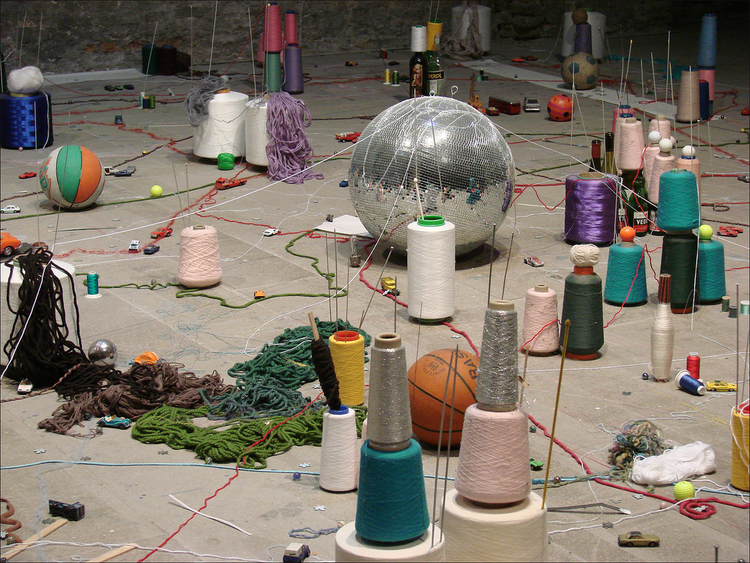
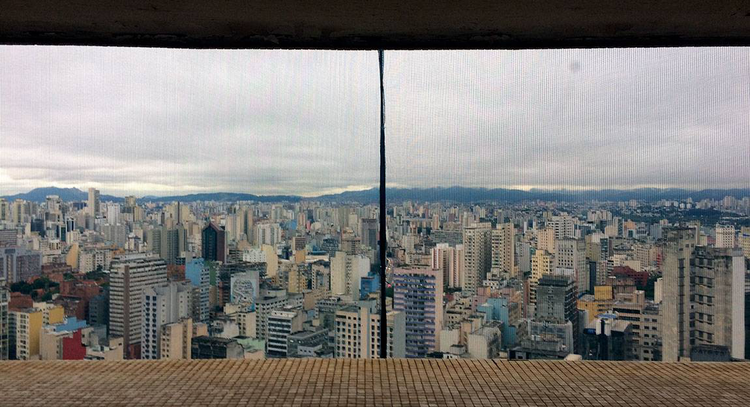
________________________________________________________________________
ART 460 | THEORIZING THE ARCHIVE IN LATIN AMERICAN ART
This seminar is conceived as a practicum for developing critical approaches to the use and interpretation of archival materials, with special emphasis on the way in which archives have been deployed to construct and reconstruct the idea of Latin American art in the 20th and 21st centuries. Departing from recent developments such as digital meta-archive projects, the display of historical archives within contemporary art exhibitions, and the construction of new documentation centers based on individual artists and critics, we will consider specific case studies alongside theoretical texts that explore how archives constitute institutional authority, how they produce their objects of study, as well as how we can narrate absences within them.
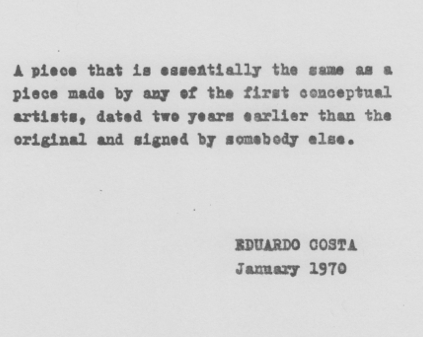
________________________________________________________________________
ART 467/LAS 413 | MUSEUM AS A LABORATORY: EXPERIMENTAL ART PRACTICES IN LATIN AMERICA
Museums have long disciplined conducts and framed ways of seeing through the production and reproduction of dominant values. But can they also act as instruments of transformation, even emancipation? This course investigates the museum and the exhibition as sites of experimentation within the overlapping spheres of art, society, and technology, with particular focus on their implications and enactment in Latin America. Key components will be hands-on work with the collections of Latin American art in the Princeton University Art Museum and Marquand and Firestone Libraries as well as visits with artists and trips to museums in New York.
Co-taught with Cristina Freire, Visiting Research Scholar and Visiting Professor in the Program in Latin American Studies, 2019
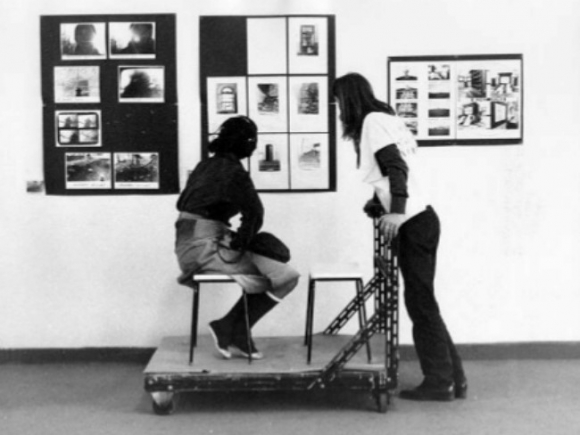
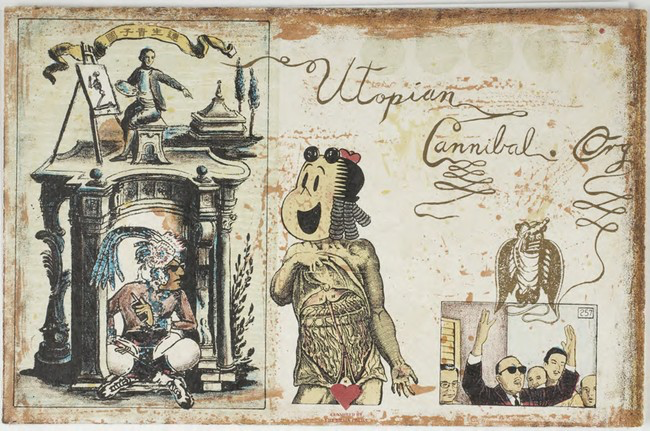
Interview with Cristina Freire | Course project
________________________________________________________________________
ART 515/HUM 515/LAS 515 | DECOLONIZING ART HISTORY
Art history’s disciplinary origins are inextricable from European colonialism and imperialism, and often work to uphold racialized concepts of development, civilization, style. The contemporary practice of art history demands that we acknowledge these origins while imagining a decolonized art history for the present. Drawing from decolonial paradigms, recent scholarship, and foundational texts of critical race studies, we work to analyze and actively reconfigure conventions of field formation, research, and format. In keeping with the political imperative of praxis, students workshop topics and problems individually and collectively.
Co-taught with Beatrice Kitzinger, Department of Art & Archaeology, 2021
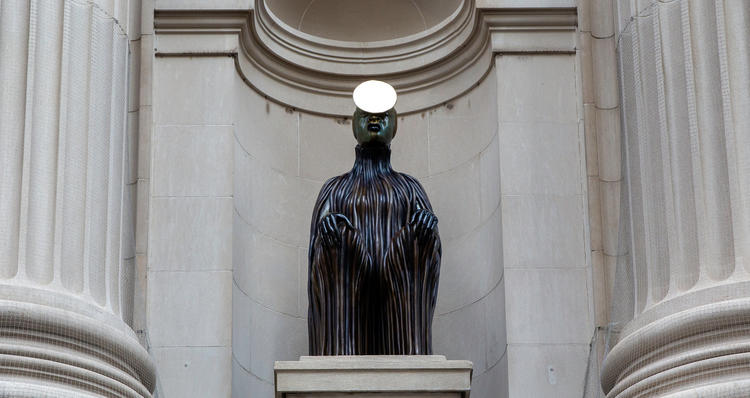
________________________________________________________________________
ART 565 | ABSTRACTION
Abstraction occupies a privileged position within the historiography of Modernist art. Long associated with rupture, criticality, and teleology, abstraction is also a vexed term, often only precariously opposed to such concepts as representation, narrative, analogy, and denotation. This graduate seminar offers an expanded and contrapuntal account of abstraction, revisiting the European avant-garde's interdependence with non-Western art and "minor" arts, and exploring its afterlives, perversities, and blind spots. Topics also include abstraction's cartographies and relation to political theory; formalism and surface; materiality and metaphor.
Co-taught with Rachael DeLue, Department of Art & Archaeology, 2018
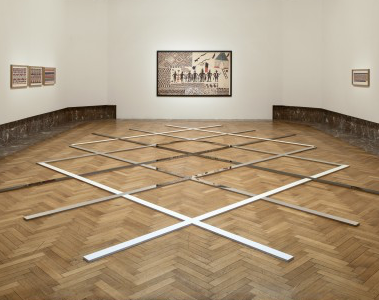
________________________________________________________________________
ART 566 | WHEN IS ART?
Taking its cue from the philosopher Nelson Goodman's suggestion that we ask not "what is art?", but "when is art?", this graduate seminar explores questions related to the temporal boundaries of works of art. Can works subside from the category of art into that of mere document or vice versa? Does "art" inhere primarily in preparatory sketches, a discrete physical object, the event of making, the residue of production, posterior documentation, or the act of reception? What kinds of ethical and philosophical problems are posed by the conservation of ephemeral works? How might the distribution, deferral, or reanimation of a work function as critical resistance to systems of institutionalization and commodification? This class takes up such questions through case studies from the 1960s to the present that problematize the stability of the work of art, whether through instruction-based propositions, performances and practice-oriented interventions, transitory forms and materials, or copies and fakes. While our focus will be on recent art practices, we will also consider scholarship from disparate chronological periods and disciplines in order to theorize the multiple temporalities of contemporary art.
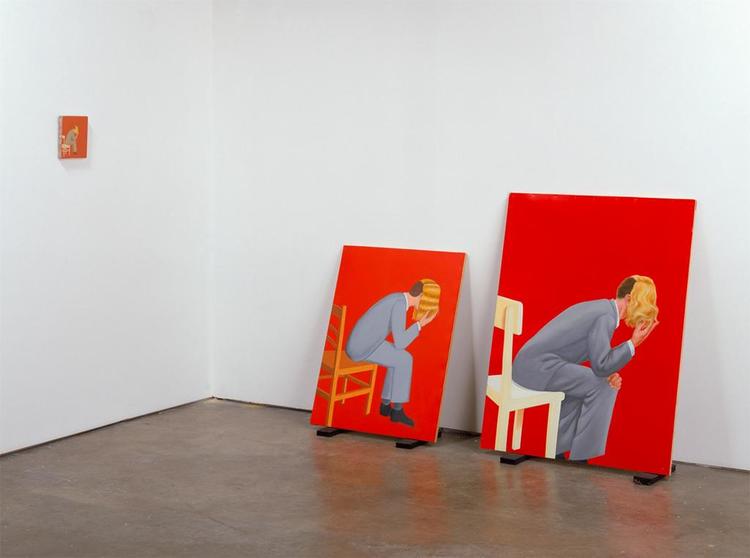
________________________________________________________________________
ART 566/LAS 566/SPA 593 | THE AESTHETICS OF HUNGER
What kinds of aesthetics issue forth from need? Taking its name from Brazilian film director Glauber Rocha’s 1965 manifesto, this graduate seminar investigates how practitioners and critics have sought to understand political, social, economic, and material limitations as generative conditions for aesthetic form. Moving between Latin American debates of the 1960s and 70s and the contemporary moment, we examine how hunger, scarcity, and imperfection inform such concepts as violence, excess, subject formation, image circulation, geopolitics, neodevelopmentalism.
Co-taught with Rachel Price, Department of Spanish & Portuguese, 2014


